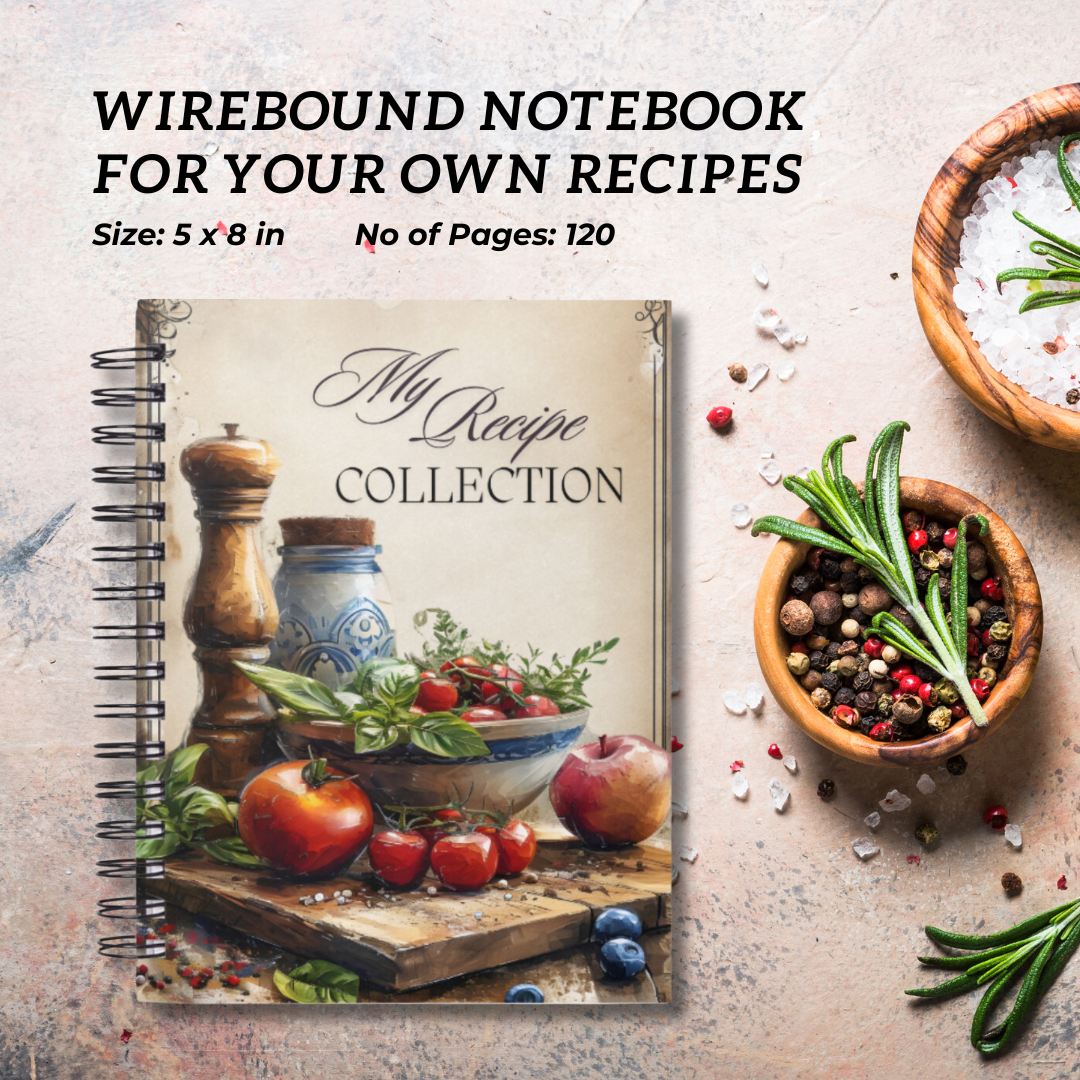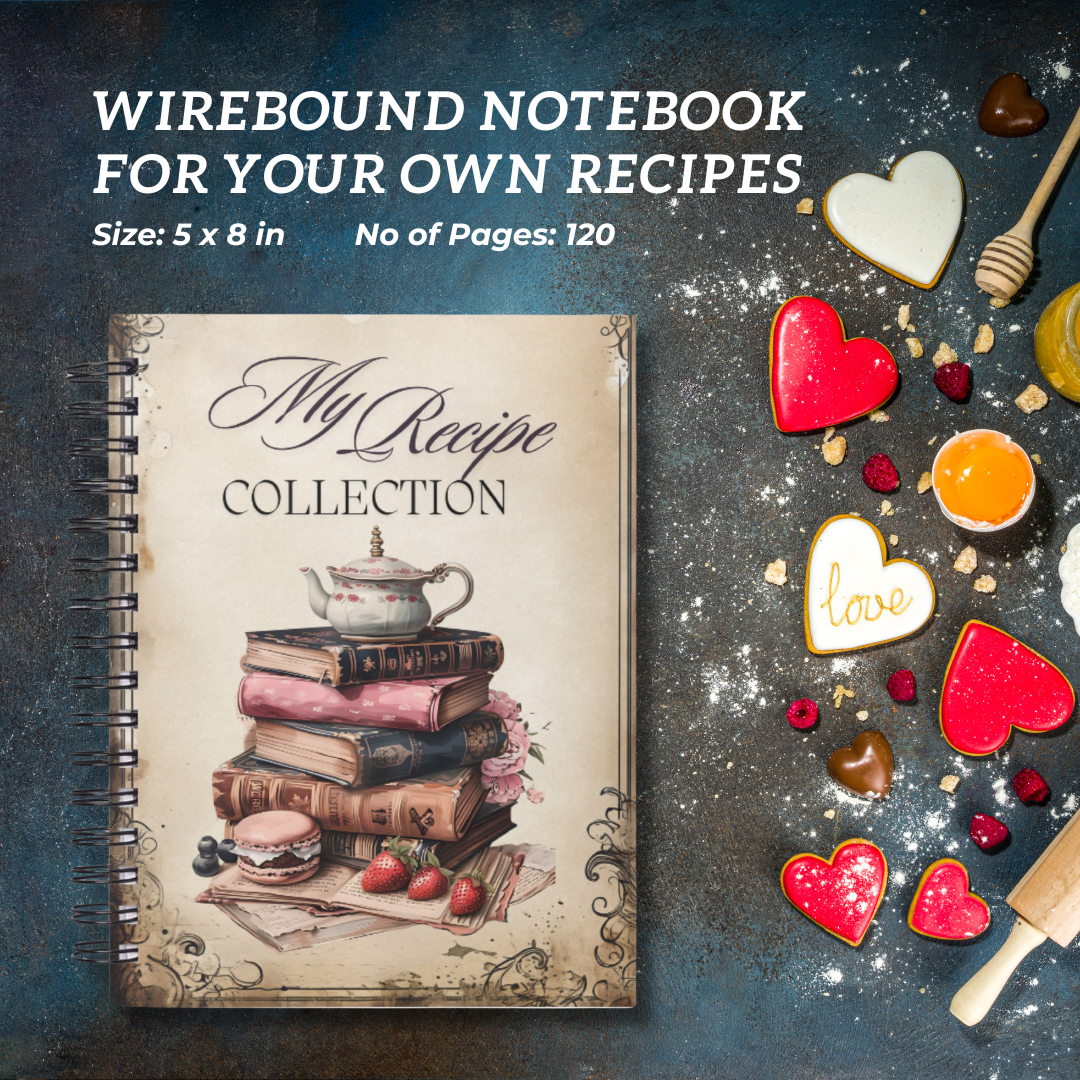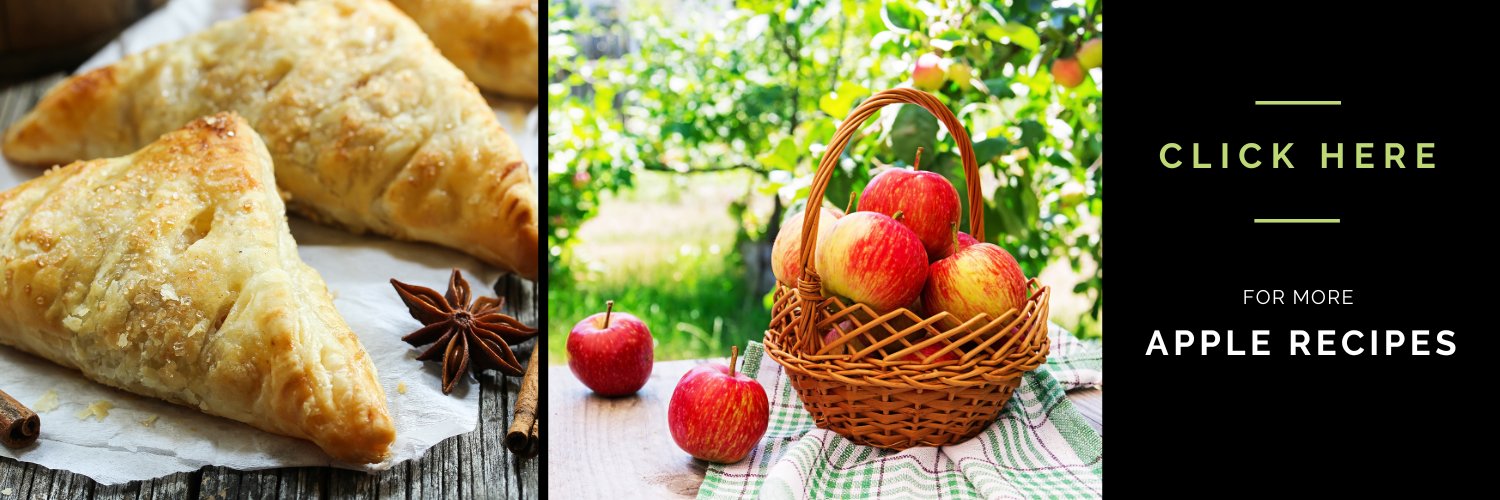Traditional Apple Recipes
Toffee Apples
In my mind toffee apples are associated with autumn festivals, with cold and damp weather and the smell of candy floss. And while candy floss, which many of you may also know as cotton candy, seemed to be ubiquitous to all manner of fairs and festivals, the sweet sticky apples never were around much at other times of the year.
As I've grown older my sweet tooth has become much less sweet, so toffee apples don't feature that often in my kitchen. But just after the apple harvest is in and the first sharp snap is in the air, there are few foods as inviting as tart apples coated in a crisp sugar shell. And - of course - you couldn't celebrate harvest festival, Halloween or Guy Fawkes' Night without them, could you now?
I remember collecting ice lolly sticks before a bout of toffee making, and I still think that these make the best 'handles' for the bright red fruit. You could also use old chop sticks or the hardier sort of kebab stick. Just make sure your 'handles' are strong enough to hold the apples. Nothing worse than having to eat toffee apples with your fingers!
Ingredients
The recipe below is enough for 10 apples, but is easily doubled if you intend to feed a crowd. Pick the biggest apples you can find ... it matters not if they're still a little sour ... and they will look so much more impressive.
Toffee apples are best made in a deep wide pan. A jam pan is ideal. Throughout, protect your hands when you're working. Boiling sugar is awfully hot and you don't want to get splashed!
- 10 large apples
- 2lb / 900g caster sugar
- 8oz / 200g butter
- 4 tablespoons wine vinegar (not malt)
- 4 tablespoons boiling water
- a little red food colouring
How to Make Toffee Apples
In a large, deep pan mix all the ingredients except the apples.
Place the pan over a low heat and dissolve the sugar, stirring now and then and brushing the sugar crystals from the side of the pan. (This is just like making jam)
When the sugar is completely dissolved - there are no crystals at all on the spoon you're stirring with - turn the heat up and boil hard for 10 minutes without stirring.
After 10 minutes take the mixture off the heat and check the temperature with a sugar thermometer. You should have reached 150°C /302°F. If you don't have a sugar thermometer, very carefully remove a teaspoon full of toffee from the pan and drop it into a bowl of cold water. It's ready if it hardens straight away.
If your mix is not yet ready, boil for another minute before testing again.
Leave the sugar mix to settle until all the bubbles have disappeared. This will guarantee a flawless, glossy finish for your apples.
Push the skewers into the apples. Make sure they're in firmly.
Fill a large bowl with ice cold water and place it next to the pan with the toffee mixture.
Line a tray with baking parchment and place close by.
Now, working with one apple at a time, dip the apples into the toffee mix and twist until the whole apple is coated in toffee. Lift the apple out and let any excess toffee drip off.
Next dip the coated apple into the ice cold water to harden the toffee. Then place the apple onto the tray to dry and set completely.
Note:
- If your toffee mixture becomes too stiff to coat the apples, simply put it back on the heat and warm through until liquid again.
- Toffee absorbs moisture from the air and becomes soft, so don't keep the apples hanging around for ages or the hard shiny coating will become soft and dull. Ideally, make them on the day they're to be eaten.
- Any leftover toffee mixture can be used to coat other fruit. Experiment!
How do you keep your recipes?
Are you a passionate cook or baker with a treasure trove of old, beloved recipes scattered around your kitchen? Let me help you organise and preserve your culinary heritage in style.
These elegantly designed blank recipe notebooks don't take up much room, but with their user-friendly layout and durable design, they offer plenty of space for your recipe collection. This recipe keeper notebook is your perfect kitchen companion. And filled with their favourite recipes it makes a great gift for children heading to college - or even as a wedding gift.
For more tasty apple recipes return from Toffee Apples to the recipes page.




